Mikrotik 2.4GHz AP, Five Ethernet ports, PoE-out on port 5, USB for 3G/4G support (hAP)
EGP4,300
Mikrotik 2.4GHz AP:
- 2.4GHz is the wireless band.
- WiFi Standards: 802.11b, g, and n
- Wireless throughput: 300 Mbps
- Multiple external or internal antennas are available. Gigabit Ethernet connections are available for wired connectivity.
- Network security using WPA/WPA2 encryption
- Power Source: Adaptable power alternatives for various deployment situations
Order Now
Mikrotik 2.4GHz AP Description:
A wide variety of 2.4GHz access points (APs) are available from MikroTik to suit different demands and price ranges. These access points are excellent at providing dependable and steady Wi-Fi connectivity for daily tasks in homes, workplaces, or small companies, even though they don’t have the same lightning-fast speeds as their 5GHz counterparts. This 700-word investigation explores the features, possible uses, and issues surrounding the 2.4GHz APs from MikroTik.
Recognising 2.4GHz Wireless
The core of Wi-Fi technology is the 2.4GHz frequency spectrum. Compared to 5GHz bands, it has broader coverage, which improves its ability to pass through walls and travel farther. But because it’s shared by so many gadgets, like microwave ovens, Bluetooth speakers, and cordless phones, the 2.4GHz band is also more crowded. Interference and slower speeds may result from this congestion.
The 2.4GHz AP Range of MikroTik
With solutions for high-density, outdoor, and interior settings, MikroTik offers a wide range of 2.4GHz APs.
Several well-liked models include of:
- The hAP mini is a reasonably priced, small-sized solution for basic Wi-Fi needs at home.
- hAP lite: Better suited for small offices or homes with several devices, this model has a bit more power and functionality than the hAP tiny.
- CAP ac (ceiling mounted): With its ceiling-mounted style, it’s perfect for providing broader coverage in large places.
- wAP RB: A waterproof solution for increasing outdoor Wi-Fi coverage.
Typical features include the following:
- IEEE 802.11b/g/n Standards: Connections with the majority of devices are guaranteed by compatibility with these extensively used Wi-Fi standards.
- Data speeds and signal stability are enhanced using MIMO technology, which is available on some models.
- RouterOS Operating System: With a steeper learning curve, MikroTik’s robust RouterOS provides fine-grained control over network configurations.
- PoE (Power over Ethernet) Support: This feature uses the Ethernet cable to provide power instead of a separate power adapter, saving space on some models.
- Various mounting options are available (based on the model): wall, ceiling, or pole installation for adaptable positioning.
Utilisations for the 2.4GHz APs from MikroTik
The 2.4GHz APs from MikroTik serve a range of uses, such as:
- In houses or compact flats, home Wi-Fi offers rudimentary internet connectivity for emailing, web browsing, and light streaming.
- Small Office Wi-Fi: Enabling a few devices in small offices or workspaces to connect to the internet.
- Internet of Things (IoT) networks: These typically use the 2.4GHz band to support connections for smart home devices or sensor networks.
- Creating a distinct 2.4GHz network just for visitors and separating them from the main network for security reasons is known as guest wifi.
- Wi-Fi in Remote Places (Outdoor Models): Using weatherproof models, you may increase the coverage of Wi-Fi in outdoor spaces including patios, gardens, and distant buildings.
2.4GHz APs from MikroTik have advantages.
- Economical: Usually less expensive than tri-band or dual-band alternatives.
- dependable coverage: ideal for extending farther and breaking through walls.
- Broad Device Compatibility: Works with the majority of 2.4GHz band-using devices.
- Granular Control (with RouterOS): Provides sophisticated network management configuration choices (for users accustomed to MikroTik).
Finally
Wider coverage, compatibility with older devices, and dependable and reasonably priced basic internet connectivity are all offered by MikroTik’s 2.4 GHz access points. For consumers that value cost above all else and don’t need fast speeds for applications requiring a lot of bandwidth, they are perfect. But, if you live in a busy Wi-Fi area or require quicker speeds, take a look at MikroTik’s products with tri-band or 5 GHz capabilities.
You must be logged in to post a review.

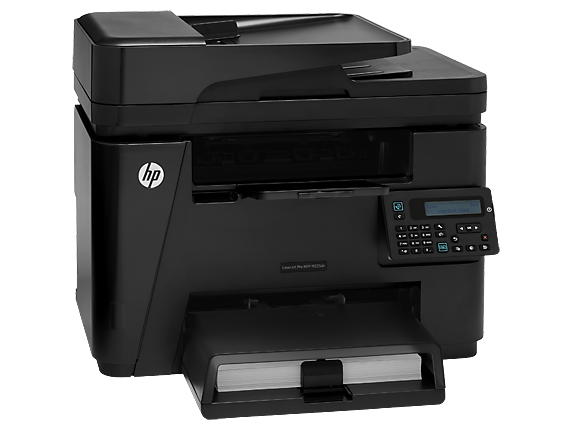
MAECENAS IACULIS
Vestibulum curae torquent diam diam commodo parturient penatibus nunc dui adipiscing convallis bulum parturient suspendisse parturient a.Parturient in parturient scelerisque nibh lectus quam a natoque adipiscing a vestibulum hendrerit et pharetra fames nunc natoque dui.
ADIPISCING CONVALLIS BULUM
- Vestibulum penatibus nunc dui adipiscing convallis bulum parturient suspendisse.
- Abitur parturient praesent lectus quam a natoque adipiscing a vestibulum hendre.
- Diam parturient dictumst parturient scelerisque nibh lectus.
Scelerisque adipiscing bibendum sem vestibulum et in a a a purus lectus faucibus lobortis tincidunt purus lectus nisl class eros.Condimentum a et ullamcorper dictumst mus et tristique elementum nam inceptos hac parturient scelerisque vestibulum amet elit ut volutpat.

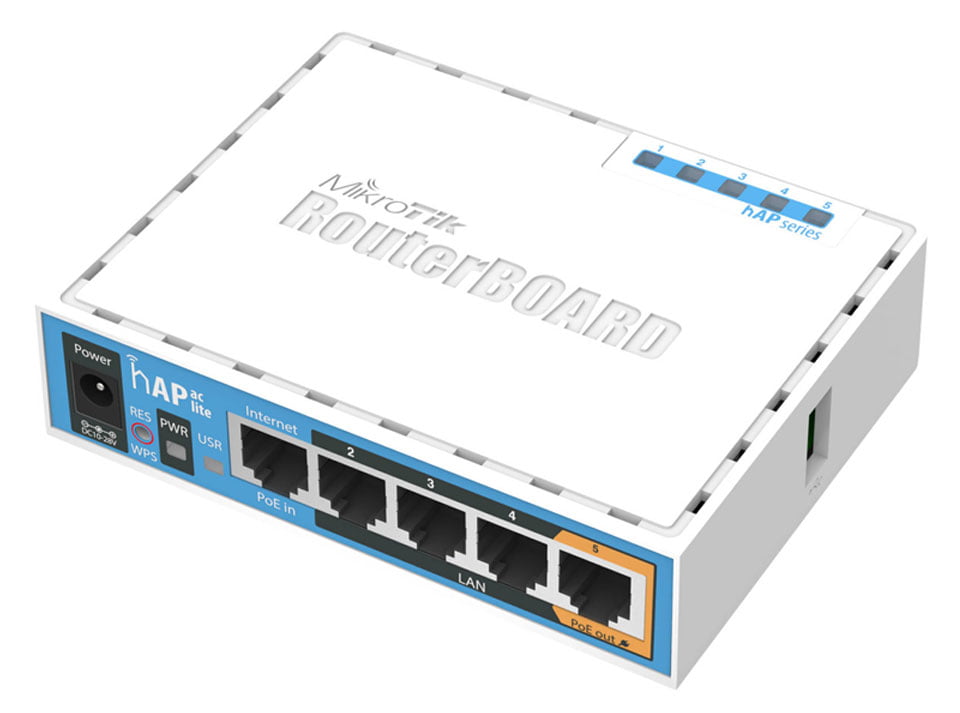
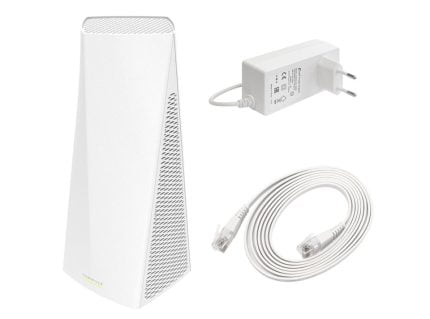
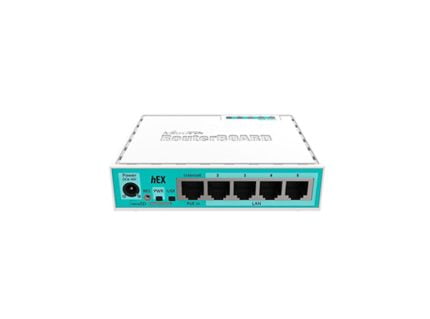
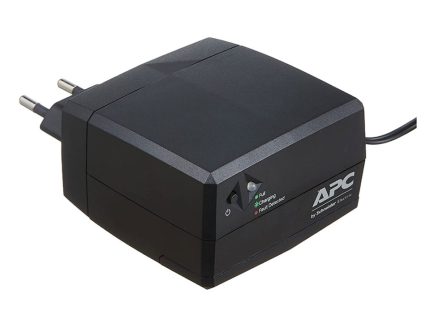


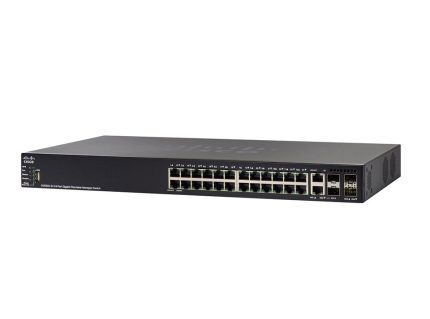

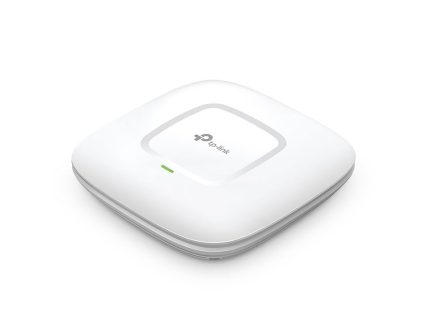
Reviews
There are no reviews yet.